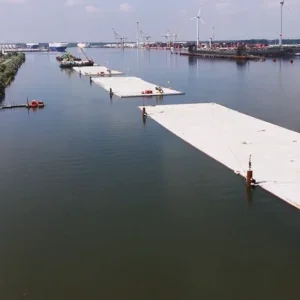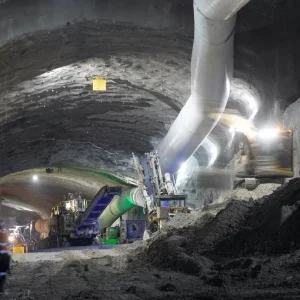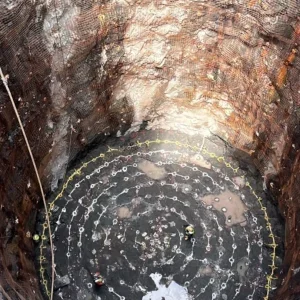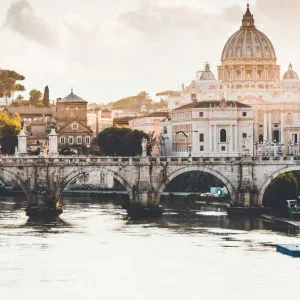The Middle East and Africa region is split between two worlds. On the one hand, wealthy kingdoms plan new cities with the associated transportation, water conveyance, sewage, and air-conditioned beaches. On the other, ancient cities predating western civilization are heaved up to code as the existing, aged, infrastructure strains under a booming population.
UAE steps up
According to economic research entity timetric, by 2030 the population of the UAE is expected to have grown by between three and five million.
To cater to this rapidly growing population the UAE government had earmarked AED 55.1bn (USD 15bn) for the expansion of infrastructure projects between 2009 and 2012 in order to meet the demand for increased water, power and sewage facilities across the emirates.
Abu Dhabi’s USD 1.6bn Strategic Tunnel Enhancement Project (STEP) is one of the investments. A 41km deep sewer tunnel, connecting pipework and a huge pumping station will lift wastewater flows to the new Al Wathba treatment works. The project was split into three main contract packages: T01, T02 and T03 that include a combined eight bores of around 5km.
As T&TI goes to press, the third TBM on Deep Tunnel Contract T02 has broken through, completing the 15km of tunnel for the package. The machine, launched in July 2011 executed a 4.9km drive between shafts seven and six in the Mohammed Bin Zayed City in Abu Dhabi.
A special insight on the Abu Dhabi Sewerage Services Company’s project was published in T&TI February 2012.
Countries such as the UAE, whose economies are based upon financial services, air transport, property development and tourism require an efficient public transport network to function effectively and cope with an influx of tourists, business professionals and economic migrants.
In order to rectify the traffic congestion problems caused by Dubai’s rapidly growing population the UAE government laid out a map for a metro rail network in February 2006, centered on the 52.1km Red Line.
A third of the Red Line’s stations opened in September 2009, making Dubai the first urban metro network in the Gulf’s Arab states, with further openings staggered into 2010. In addition, a Green Line has been completed and a further three lines are planned. The UAE government has set a target of putting 320km of metro lines in place in Dubai by 2020.
Moroccan pipe jack
The Moroccan government is investing more than MAD 127.4bn (USD 15bn) by 2015 in order to upgrade the country’s basic infrastructure. The sector has benefited from this, recording a compound annual growth rate of 6.67 per cent in 2010.
One of the tunnelling projects to upgrade Casablanca’s sewer works is a 2.5km-long, 2.5m-diameter microtunnelling operation to connect the sewers to the new Sidi Bernoussi water treatment plant.
The sandstone geology is fairly homogenous in the area, though abrasive. Belgium conractor Denys and local Moroccan construction company Capep are executing the drive with a Herrenknecht AVN2500 machine.
Ingula Pumped Storage Scheme
The 1,332MW dual-reservoir scheme will go some way to solving a looming South African energy crisis. The T&TI projects map for the region shows Ingula is part of a belt of hydropower projects running from Uganda down the east coast of the continent. The 2.1km-long twin headrace tunnels and a 2.3km long tailrace tunnel are driven through heavily jointed dolerite.
Riyadh development
Saudi Arabia’s capital Riyadh is the target for a new USD 3bn metro system. The deadline for companies to register their interest was 20 June and the 40km project should be complete within four years.
The King Abdullah and Riyadh Airport tunnel projects show the geology and construction attitudes of the area well. The open cut can be made vertically without shoring. It is highly stable rock but with many cavities which increases the cost for contractor Almabani.
The tunnels go beneath existing runways and taxiways that were interrupted and then rebuilt afterwards. The Arriyadh Development authority is the client for these and the new metro system. Consultancy for the Riyadh airport tunnel and King Abdullah road tunnel was by Bernard of Austria.







